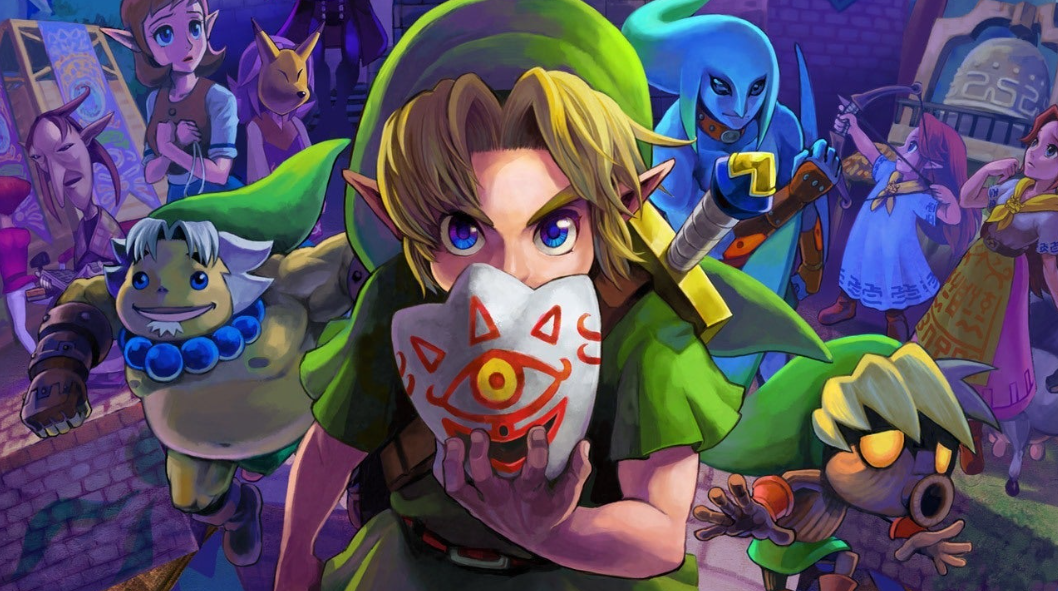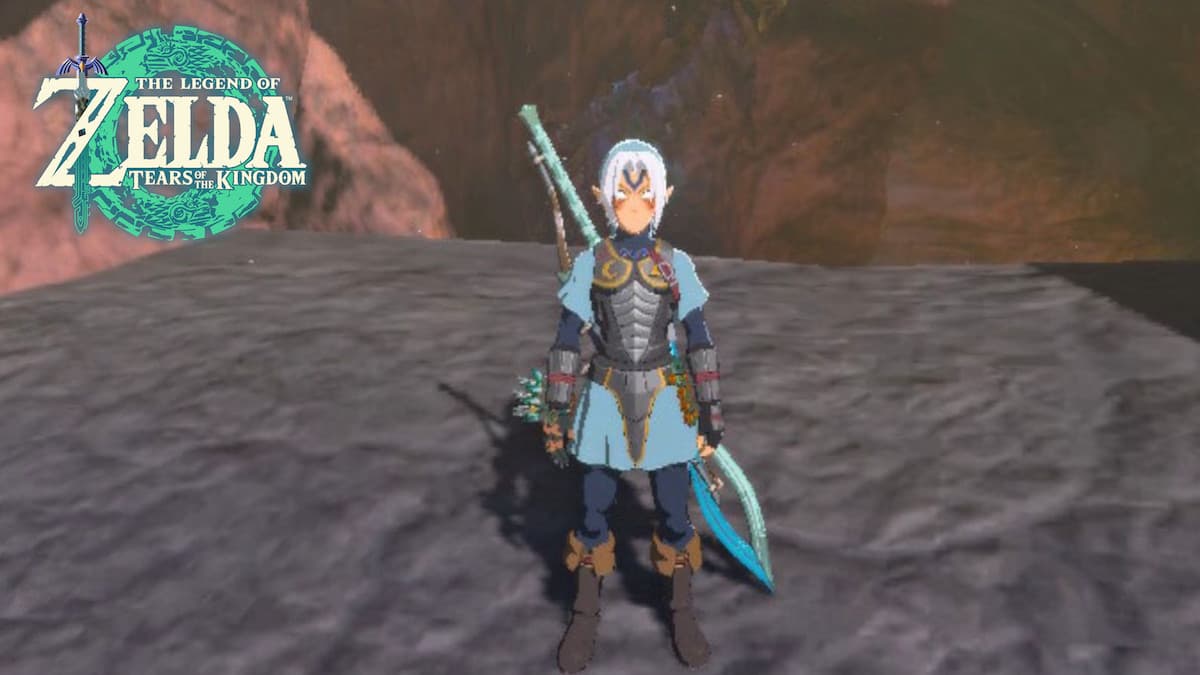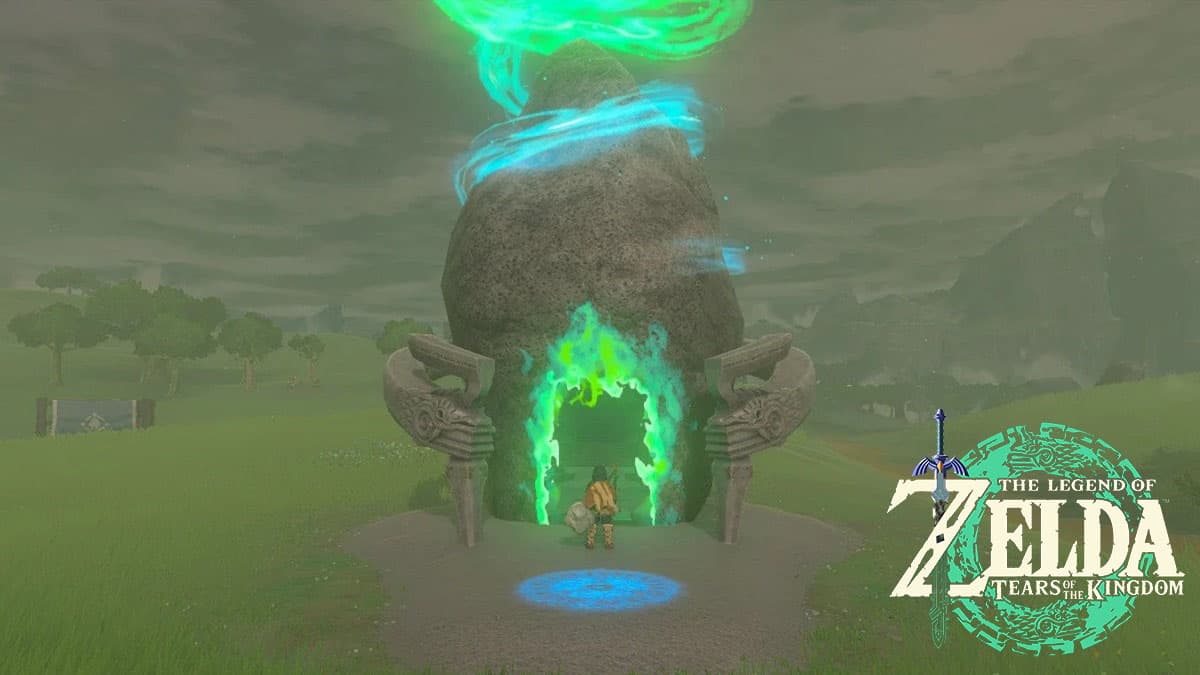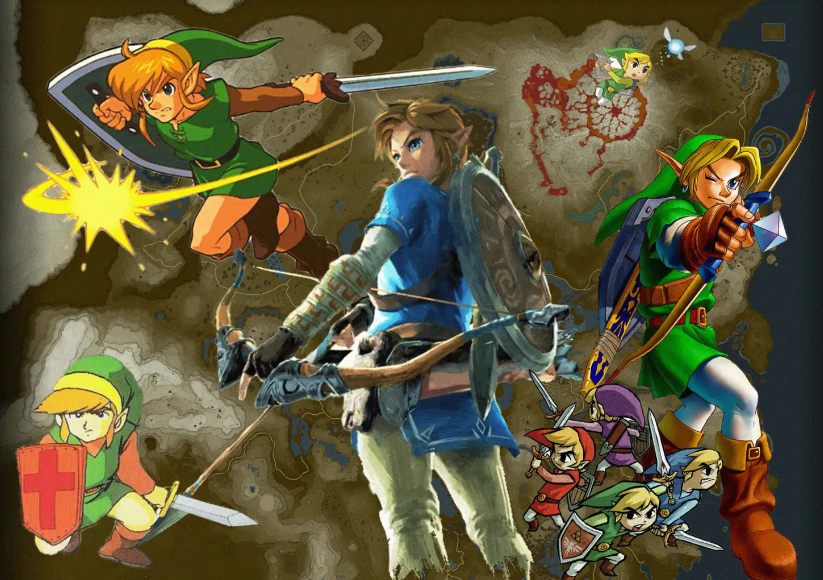A brief timeline of The Legend of Zelda events
The Legend of Zelda is a beloved video game franchise that has captured the hearts of millions of players around the world. Its expansive and immersive world has been the backdrop for countless adventures throughout the years. The timeline of the series begins with “The Legend of Zelda” in 1986, where players control the hero Link as he embarks on a quest to rescue Princess Zelda from the clutches of the evil Ganon. This was followed by a series of sequels and spin-offs, including “A Link to the Past” in 1991, “Ocarina of Time” in 1998, and “Breath of the Wild” in 2017. Each game introduces new characters, dungeons, and challenges, all while expanding the lore and mythology of the Zelda universe. From the ancient kingdom of Hyrule to the parallel world of Termina, players have explored unique and breathtaking landscapes, solving puzzles and battling enemies along the way. The Legend of Zelda continues to captivate gamers of all ages, and its rich history guarantees that the adventures of Link and Zelda will endure for years to come.
How to play The Legend of Zelda in Chronological Order?
If you’re a fan of The Legend of Zelda series and want to experience the epic saga in chronological order, here’s a guide to help you embark on this thrilling adventure. The chronological order of the games can be a bit confusing due to the non-linear storytelling, but fear not! The first game to play is “The Legend of Zelda: Skyward Sword,” which serves as the series’ origin story. After that, it’s time to delve into “The Minish Cap,” followed by “Four Swords.” From there, the next in line is “Ocarina of Time,” a beloved classic that sets the foundation for the entire series. The journey continues with “The Wind Waker,” “Phantom Hourglass,” and “Spirit Tracks.” Next up are “A Link to the Past” and “Link’s Awakening.” The timeline then splits into three branches: the child timeline, the adult timeline, and the downfall timeline. Each branch contains its own set of games, with highlights including “Twilight Princess,” “Majora’s Mask,” “Breath of the Wild,” and many more. By following this chronological order, you’ll gain a deeper understanding of the lore and witness the evolution of this iconic franchise. So grab your sword, shield, and sense of adventure, and let the legend unfold!
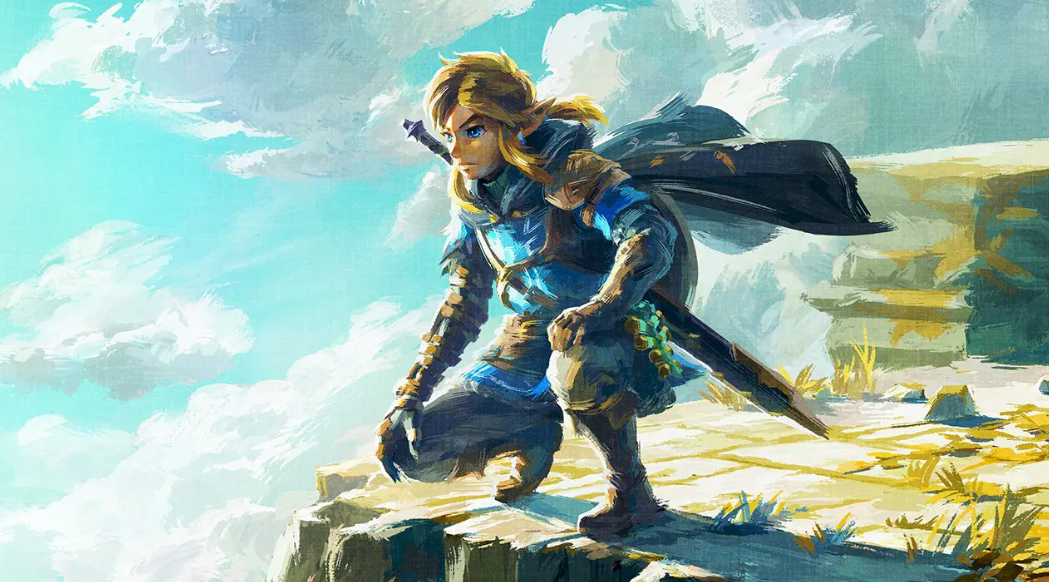
How has the graphics improved over the years?
Over the years, graphics in various forms of media have undergone incredible improvements. From the early days of pixelated images and basic animations, we have witnessed a remarkable leap in the quality and realism of graphics. Advancements in technology, particularly in computer processing power and graphics cards, have been instrumental in pushing the boundaries of visual representation. The introduction of high-definition displays and more sophisticated rendering techniques have allowed for the creation of visually stunning graphics in video games, movies, and virtual reality experiences. The level of detail and intricacy that can now be achieved is truly astounding. From lifelike character models to breathtaking landscapes, the improvements in graphics have created immersive and visually captivating experiences for users. Furthermore, the evolution of graphics has not been limited to just visual fidelity, but also encompasses improvements in lighting, shading, and special effects. As technology continues to advance, we can only anticipate further enhancements in graphics, leading to even more realistic and immersive experiences in the future.
Improving game mechanics in the game
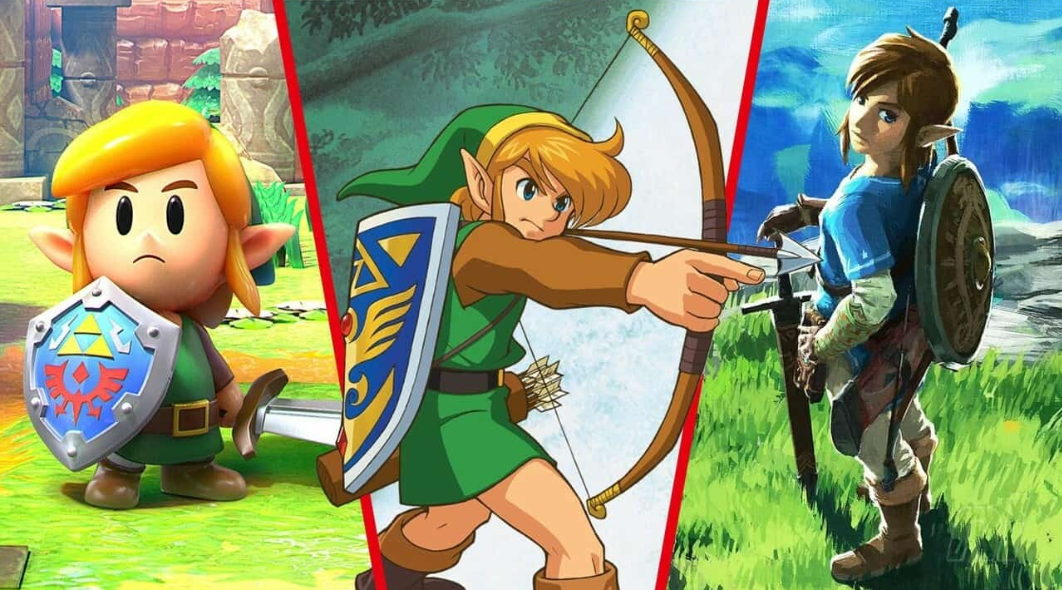
Improving game mechanics is crucial for enhancing the overall gaming experience. These mechanics refer to the rules, systems, and interactions that govern gameplay. By constantly analyzing and refining these mechanics, game developers can create a more engaging and immersive world for players to explore. One way to achieve this is by introducing innovative and dynamic gameplay features. This could involve introducing new abilities or mechanics that challenge players to think creatively and strategize. Additionally, developers can focus on balancing gameplay to ensure a fair and enjoyable experience for all players. This might involve adjusting difficulty levels, fine-tuning combat mechanics, or refining the progression system. Moreover, incorporating meaningful player choices and consequences can greatly enhance immersion and replayability. By allowing players to have agency in shaping the game’s narrative and outcomes, developers can create a more personalized and rewarding experience. Ultimately, improving game mechanics is a continuous process that requires careful analysis, experimentation, and iteration to ensure that players are consistently engaged and entertained.
Fan theories
Fan theories have become a fascinating aspect of popular culture, fueling endless discussions and debates among fans. These theories are born out of the deep love and obsession that fans have for their favorite books, movies, TV shows, and even video games. They are the result of meticulous observation, analysis, and imaginative interpretation by fans who seek to unravel hidden meanings, connections, and plot twists. Fan theories provide a platform for fans to engage in a collective exploration of the fictional worlds they adore, often raising thought-provoking questions and challenging established narratives. While some fan theories may seem far-fetched or implausible, they can also offer fresh perspectives and alternative explanations that enhance the overall enjoyment of the original work. Moreover, fan theories have the power to connect people from different backgrounds, fostering a sense of community and camaraderie as fans come together to share their unique insights and ideas. In this era of digital connectivity, fan theories have become an integral part of the fan experience, adding an extra layer of excitement and intrigue to our beloved stories.

